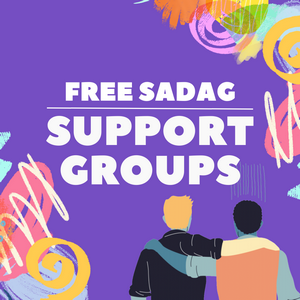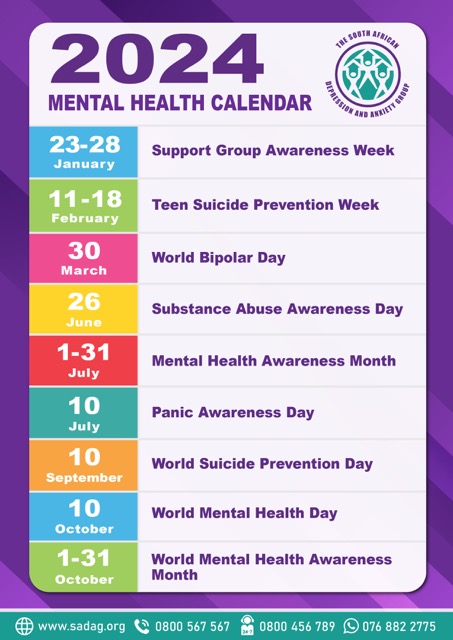Your heart is racing. The world is spinning. You feel like you might throw up. You’re just sitting in class — it’s a normal day, nothing has happened. Yet you feel terrible. You can’t think straight — or you’re thinking too much. You might feel like you’re going crazy. You consider calling an ambulance.
Sound familiar? You’re not alone; 22.7% of people in the United States have experienced a panic attack. In fact, one million Americans experience this monthly.
Now, what’s really happening?
The gist of it is that your brain goes into fight or flight mode. It perceives danger, even if we don’t consciously feel any. When someone is under a lot of stress, the brain’s fight or flight trigger becomes easier to trip.
According to psychologist Regina A. Shih, some people are genetically predisposed to panic. In Shih’s study at Johns Hopkins University, the chances of one identical twin having panic disorder is more likely if the other twin has it as well.
Panic attacks happen when our fight or flight mode has a false alarm. We begin to associate our psychological and biological reactions (certain thought patterns, or body behaviors like heart rate) with whatever is happening at the time. So, for example, someone might begin to feel panicky when they exercise because exercising raises the heart rate — just like a panic attack does.
The good news is that we can unlearn these cues that cause panic attacks. Our brains pick up on so many cues that we don’t even realize. By figuring out what those cues are, we can begin to determine what is triggering the panic attack.
Here are some tips to help you through a panic attack and prevent future ones.
1.Know That It Will End
The average panic attack lasts around 10 minutes. You will hit a peak of panic, and from there it will reside. While it is hard to believe this in the moment, it will end.
Many people find it helpful to pick a mantra for themselves. Some common ones are “this will end,” “I am safe,” or “I will be okay.” If you’re with a friend when you feel a panic attack coming on, ask them to comfort you with these phrases. It can mean more coming from someone else.
2. Use Deep Breathing Techniques
This sounds too simple, doesn’t it? Well, you might be surprised that it works better than you’d expect. Many people hyperventilate when they panic, which then can cause feelings of choking, dying, and dizziness. By controlling the breath, you can control your symptoms. Be sure that you’re breathing from your diaphragm/belly.
There a few different breathing techniques you can try. One popular one is called 4-7-8. In order to perform this technique, you’ll need to first exhale completely. Then, breathe in through your nose for a count of four. Then, hold your breath for seven seconds. Next, exhale for eight seconds. Repeat as often as you need. This technique is based off of an ancient Indian practice called pranayama. If you do yoga, you may have heard of this term.
Another breathing technique is called alternate nostril breathing. First, you’ll want to bring your right hand in front of your face. With your right hand, place your pointer finger and middle finger between your eyebrows. Then, use the thumb and ring finger on either side of your nose. Close your right nostril with your thumb and inhale through the left. Then, briefly close both nostrils and hold your breath for a moment. Next, use your ring finger to close the left nostril so that you can exhale through the right nostril. Then repeat, beginning with inhaling through your right nostril. This might sound complicated at first — try breathing along to a video until you get the hang of it.
3. Push Through
When you’re having a panic attack, all you want to do is have it stop. So you push back against it. Oftentimes, this only makes it worse. Instead of pushing against it, push through. Many people like to welcome the anxiety and panic instead of fearing it. This takes a lot of practice and can sound scary, but many people have had success with it.
You know, logically, that a panic attack is harmless. Even though it feels scary, it cannot harm you. Some people even find it helpful to talk to their anxiety; acknowledging that it exists for a reason and that your nervous system is just on overload.
4. Move Your Body
I know the last thing you want to do when you’re having a panic attack is move. However, moving your body can release excess energy, distract you, and help signal to your body that you’re not in danger.You can really do anything: go on a walk, dance, shake your arms, or pat your limbs. This includes your vocal cords, too. Making noise, whether it be screaming into your pillow or singing, can help expel extra energy you may have.
5. Practice Self-Care
Finally, when it’s all over, practice self-care. This is something you should do daily, weekly, or whenever works for you. This can range from treating yourself to a bath or a nice meal, to doing yoga and exercise that you love.
This can also mean making sure that you’re going to your therapy appointments and taking any medication you need. Not everyone feels the need to see a therapist, but many people find it helpful no matter how big or small your problems seem.
Be sure to practice these techniques regularly, even when you aren’t having a panic attack. That way, it will become more natural and second nature to do these when you are having a panic attack.

























